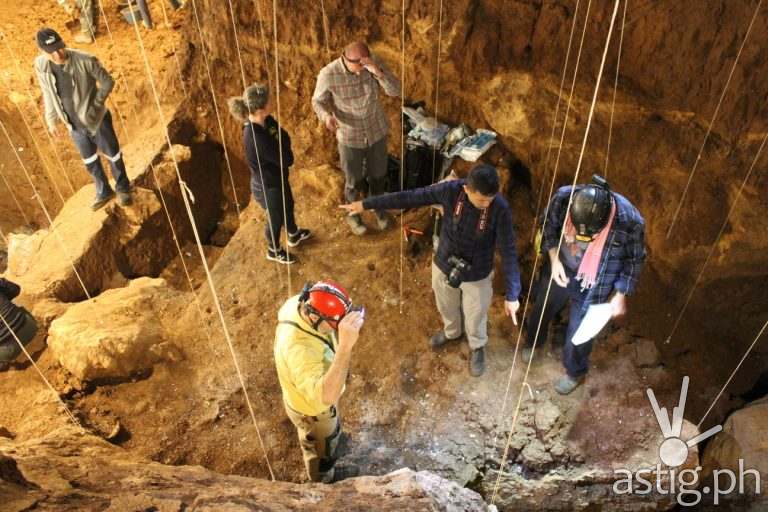PHILIPPINES – New findings from a cave in northern Laos add to a growing body of evidence that modern humans arrived in Southeast Asia over 80,000 years ago, tens of thousands of years earlier than previously thought. The groundbreaking findings were recently published in the prestigious journal, Nature.
Analyses of fossils and sediments from Tam Pà Ling (“Cave of Monkeys” in Lao) by an international team of scientists—including a Filipino researcher formerly from the University of the Philippines (UP) and currently at the Flinders University Microarchaeology Laboratory in South Australia—has pushed back the time when we know our species, Homo sapiens, was present in Mainland Southeast Asia.
The newly-discovered fossils provide unmistakable evidence of the presence of modern humans in northern Laos as far back as 86,000 years ago. This is almost 20,000 years older than most of the evidence from sites so far studied in Southeast Asia and adds further confirmation of a pre-60,000-year-old dispersal of modern humans into East Asia.
“This discovery is helping us better understand the distribution of our direct ancestors at a time when we know other populations of humans, now extinct, existed,” said Vito Hernandez, the Filipino geoarchaeologist who is part of the team that published these recent findings from Tam Pà Ling.
This research in northern Laos, including a previous discovery of now-extinct humans known as Denisovans present between 164,000 and 131,000 years ago in Tam Ngu Hao 2 (“Cobra Cave”) located in the same mountain as Tam Pà Ling strongly suggests that this part of Southeast Asia is an early human dispersal route. “This proves that our human ancestors also traveled along forests and river valleys apart from following islands and coastlines as they moved eastward to Australia, where they are controversially thought to have migrated as early as 65,000 years ago,” Hernandez explained.
“Analyses of the fossils in Tam Pà Ling suggest that these early modern humans were part of an immigrant population, but whether their genetic line successfully survives in current populations is yet to be determined,” he added.
Initially, fossils from Tam Pà Ling were hard to date, resulting in skepticism about previously-presented evidence from the cave. This led the geochronology and geoarchaeology specialists of the team to strategically apply their techniques to ascertain how the dated sediments relate to the fossils, and determine a precise age for both.
“The dating and the quality of fossil preservation is important as we’ve seen from research led by scientists like Professor Armand Mijares at the UP School of Archaeology, but as we’ve also seen from our research and other human evolutionary research like in Denisova cave in Russia, a very close collaboration between the Earth and Human sciences is necessary if we are to achieve a more complete picture of how humans evolved and settled into different parts of the world,” he elaborated.
Hernandez was formerly part of the UP Archaeological Studies Program, now the UP School of Archaeology, where he obtained his Master of Science and taught undergraduate classes in Archaeology. He was also part of the Science and Society Program of the UP Diliman College of Science (UPD-CS), where he managed classes in Science, Technology and Society. “I hope to return after my research work in Australia and contribute to making our science serve Philippine society,” he concluded.


